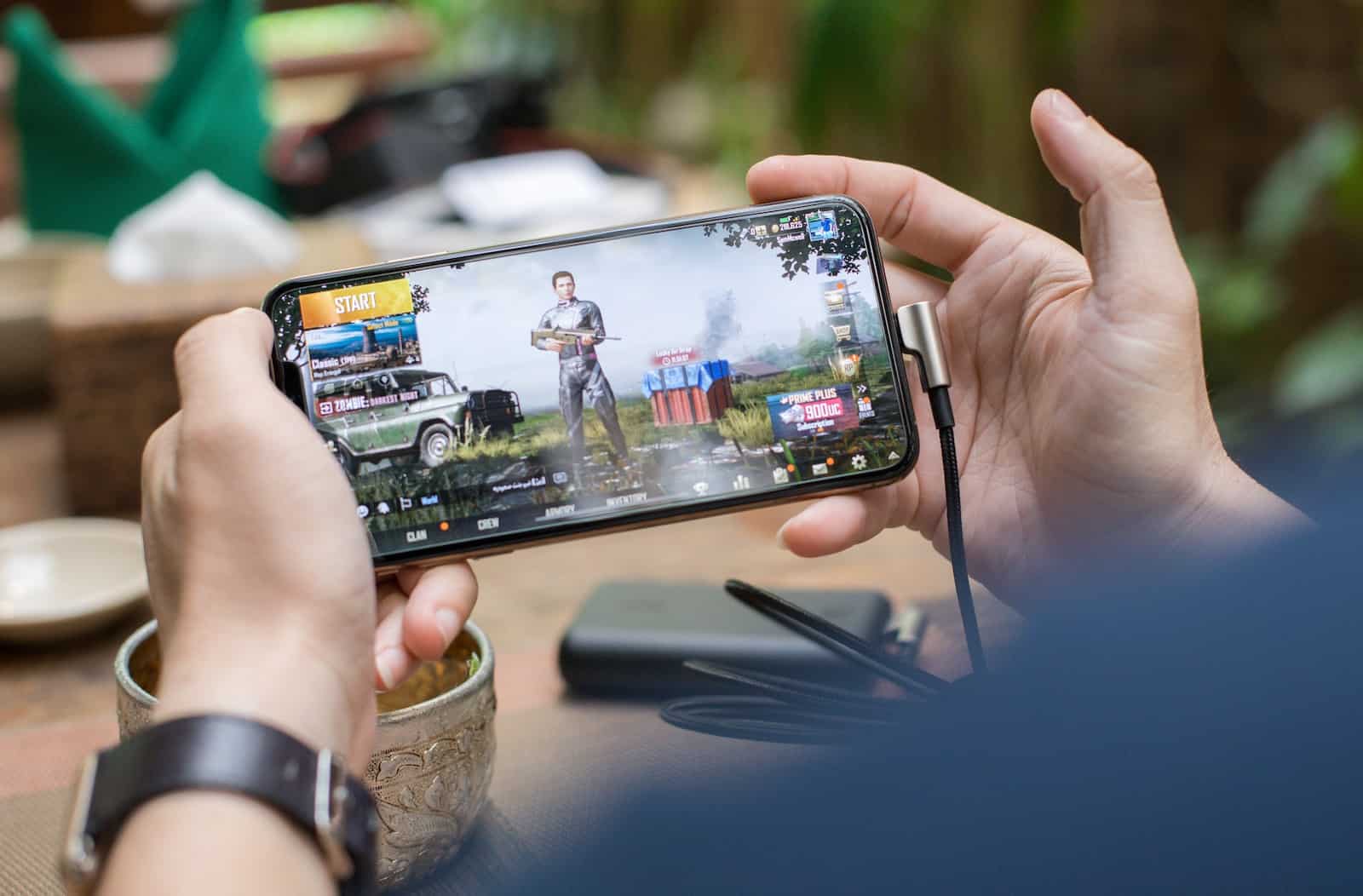The mobile gaming industry has witnessed unprecedented growth over the past decade, with billions of players worldwide engaging with a variety of games on their smartphones and tablets. As this market continues to expand, game developers are constantly seeking innovative ways to monetize their creations. One such method that has gained traction is interactive merchandising. By integrating interactive merchandising strategies into mobile games, developers can enhance player engagement and boost revenue streams. In this blog, we will explore effective strategies for implementing interactive merchandising in mobile games and how it can benefit both the game studio and players alike.
Understanding Interactive Merchandising in Mobile Games
Interactive merchandising refers to the incorporation of in-game purchases that go beyond traditional static ads or simple microtransactions. It involves creating a dynamic and immersive shopping experience within the game, allowing players to purchase virtual goods, exclusive items, or even real-world products seamlessly while playing. This approach not only enhances the gameplay experience but also opens up new avenues for monetization.
The Importance of Interactive Merchandising
For any gaming company, the primary goal is to create a captivating and engaging experience for players. Interactive merchandising plays a crucial role in achieving this objective by:
- Increasing Player Engagement: By offering interactive and personalized shopping experiences, players are more likely to stay engaged with the game for longer periods. This increased engagement often translates to higher spending on in-game purchases.
- Boosting Revenue: Interactive merchandising provides an additional revenue stream for developers. By integrating virtual stores or product placements within the game, developers can earn a significant income from players who are willing to spend money on exclusive items or upgrades.
- Enhancing Player Loyalty: Offering unique and exclusive items through interactive merchandising can foster a sense of loyalty among players. When players feel that they have access to special content, they are more likely to continue playing and investing in the game.
Strategies for Implementing Interactive Merchandising
Implementing interactive merchandising requires careful planning and execution. Here are some effective strategies to consider:
- Virtual Stores and In-Game Shops: One of the most common and effective ways to implement interactive merchandising is by creating virtual stores or in-game shops. These can offer a variety of items, such as character skins, power-ups, or special abilities that players can purchase using real money or in-game currency. For instance, a popular mobile game studio integrated a virtual store within their game, offering exclusive items that could only be obtained through in-game purchases, significantly boosting their revenue.
- Exclusive Content and Limited-Time Offers: Creating a sense of urgency and exclusivity can drive sales. By offering limited-time items or exclusive content that is only available for a short period, players are more likely to make purchases to avoid missing out. For example, a well-known gaming company introduced limited-time events where players could buy unique items, resulting in a substantial increase in in-game purchases during those events.
- Real-World Product Integration: Another innovative approach is integrating real-world products into the game. This can be done through partnerships with brands or by creating virtual versions of real-world items that players can purchase. For example, a mobile game partnered with a popular fashion brand to offer virtual versions of their clothing within the game, allowing players to purchase and dress their characters in these exclusive outfits.
- Personalized Recommendations: Utilizing data analytics and player behavior insights, developers can offer personalized recommendations for in-game purchases. By understanding what players are interested in, developers can suggest items that are more likely to appeal to individual players, increasing the likelihood of a purchase.
Case Studies: Successful Implementation of Interactive Merchandising
To better understand the impact and effectiveness of interactive merchandising in mobile games, let’s explore a few case studies where this strategy has been successfully implemented:
-
Case Study: Clash of Clans by Supercell
Supercell, the developer behind the immensely popular mobile game Clash of Clans, has effectively utilized interactive merchandising to enhance player engagement and boost revenue. The game features an in-game shop where players can purchase gems, resources, and special items. Supercell frequently introduces limited-time offers and exclusive packs, creating a sense of urgency among players. By strategically placing these offers during significant in-game events or updates, Supercell has managed to drive substantial sales and maintain a steady stream of revenue.
-
Case Study: Pokémon GO by Niantic
Niantic’s Pokémon GO revolutionized the mobile gaming industry by blending augmented reality with interactive merchandising. The game allows players to purchase various items, such as Poké Balls, lures, and incubators, through an in-game shop. Additionally, Niantic has partnered with real-world brands and locations to offer exclusive in-game items and experiences. For example, during special events, players could visit sponsored locations to access unique Pokémon and items. This integration of real-world products and experiences with the game has significantly increased player engagement and spending.
-
Case Study: Fortnite by Epic Games
Epic Games’ Fortnite is a prime example of how interactive merchandising can create a thriving ecosystem within a game. Fortnite features a virtual store where players can purchase cosmetic items, such as skins, emotes, and back bling. These items are purely cosmetic and do not affect gameplay, yet they are highly sought after by players. Epic Games regularly updates the store with new and exclusive items, often themed around popular culture events or collaborations with famous brands and artists. This continuous refreshment of content keeps players engaged and eager to make purchases, driving substantial revenue for the game.
-
Case Study: Animal Crossing: Pocket Camp by Nintendo
Nintendo’s Animal Crossing: Pocket Camp incorporates interactive merchandising through its in-game marketplace, where players can buy furniture, clothing, and other decorative items for their virtual campsite. Nintendo frequently introduces seasonal items and limited-time collections, encouraging players to make purchases to personalize their campsites. The game also offers a subscription service that provides exclusive items and benefits, further monetizing the player base. This approach has proven successful in maintaining player interest and generating consistent revenue.
Conclusion
Interactive merchandising is transforming the way mobile games are monetized, providing game studios with innovative ways to boost engagement and revenue. By integrating virtual stores, offering exclusive content, and incorporating real-world products, developers can create a dynamic and immersive shopping experience for players. As the mobile gaming industry continues to grow, the adoption of interactive merchandising strategies will become increasingly vital for the success of any gaming company. Embracing these strategies not only enhances the player experience but also unlocks new opportunities for monetization and growth in the competitive world of mobile gaming.



